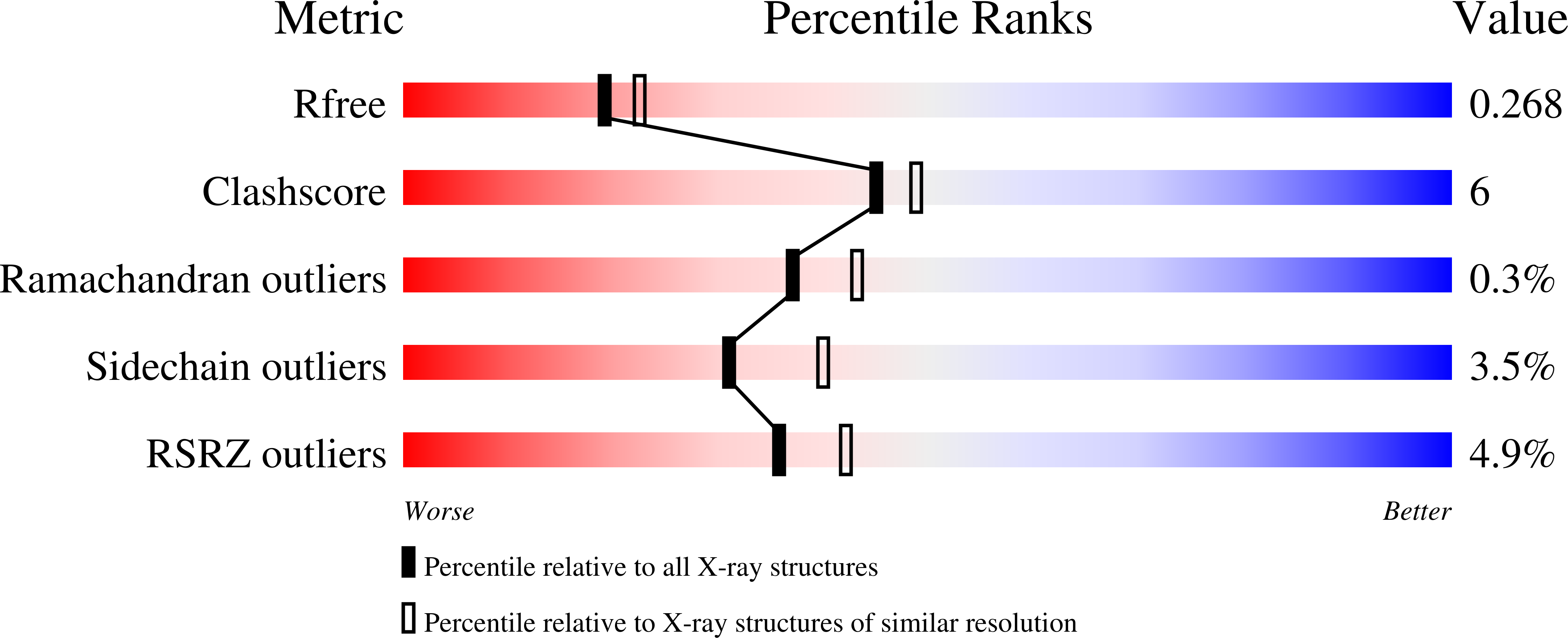
Deposition Date
2024-01-03
Release Date
2024-10-16
Last Version Date
2025-02-12
Entry Detail
PDB ID:
8RLU
Keywords:
Title:
TCR in complex with HLA-E*01:03 bound to HBV envelope 371-379 S3N peptide
Biological Source:
Source Organism:
Homo sapiens (Taxon ID: 9606)
Hepatitis B virus (Taxon ID: 10407)
Hepatitis B virus (Taxon ID: 10407)
Host Organism:
Method Details:
Experimental Method:
Resolution:
2.35 Å
R-Value Free:
0.26
R-Value Work:
0.20
Space Group:
P 1 21 1


